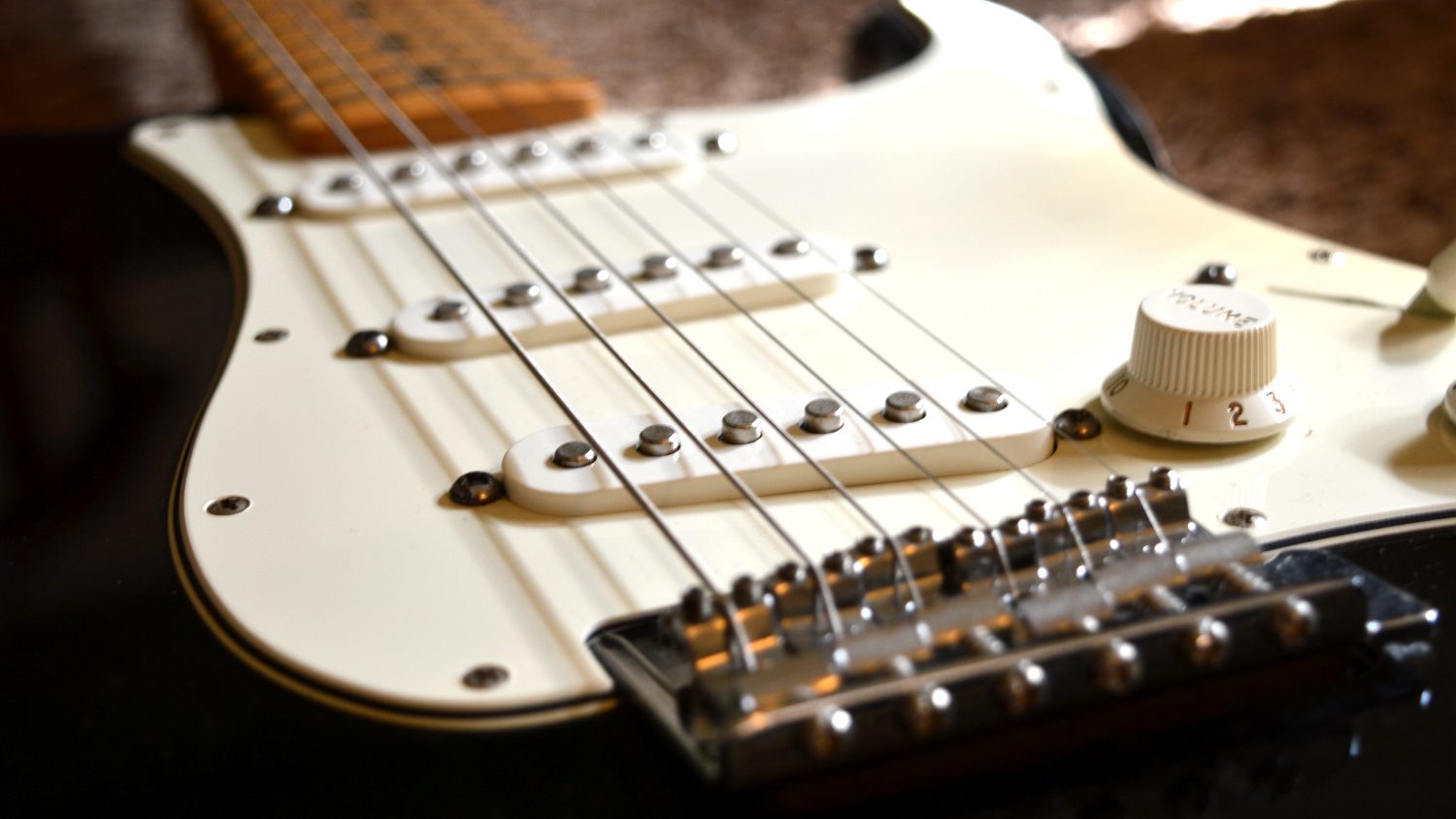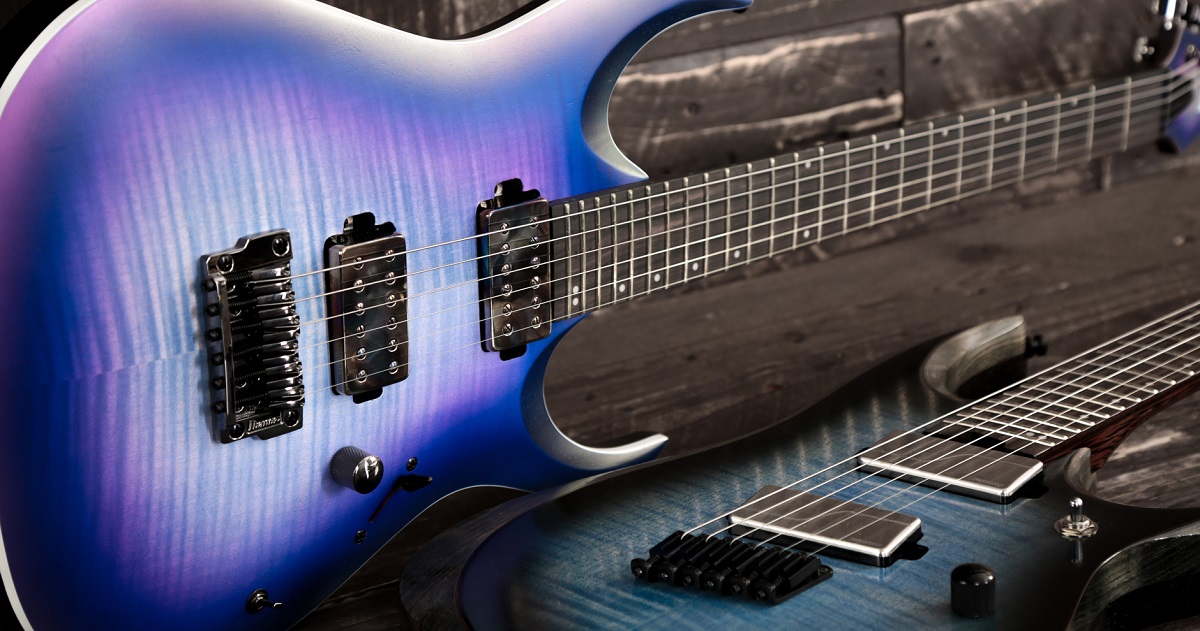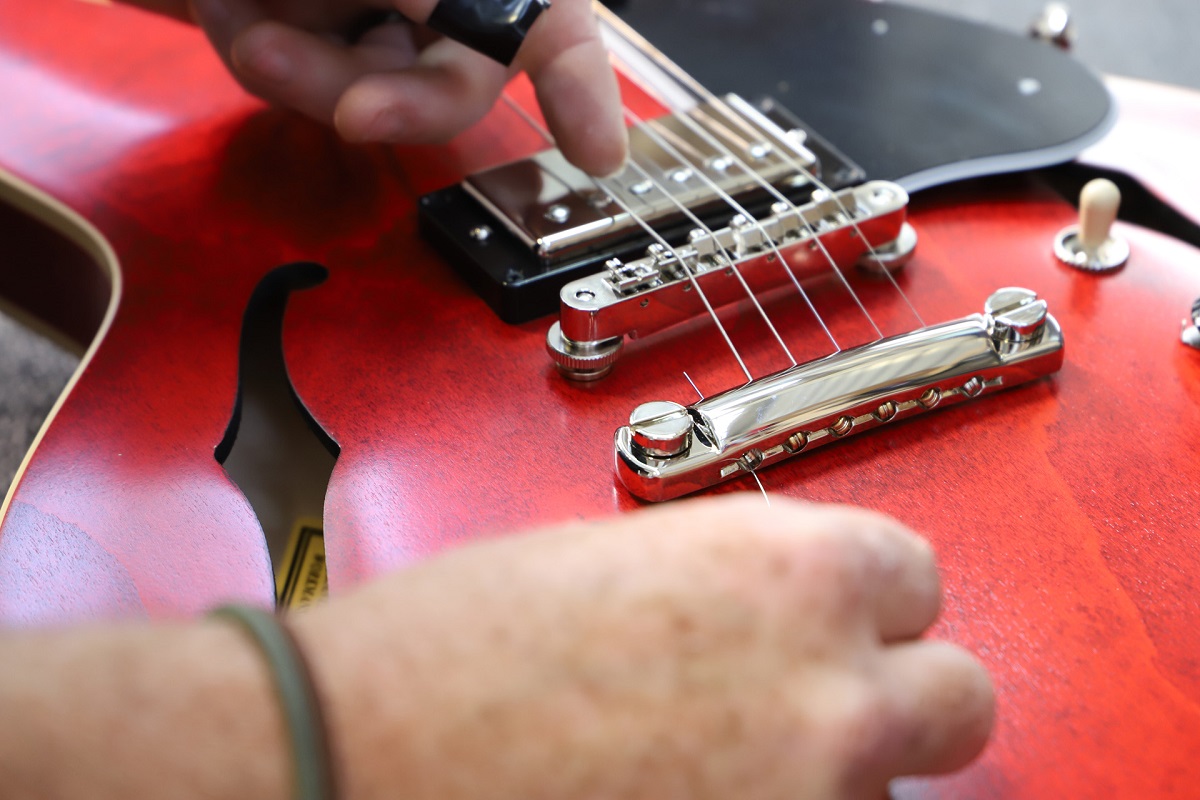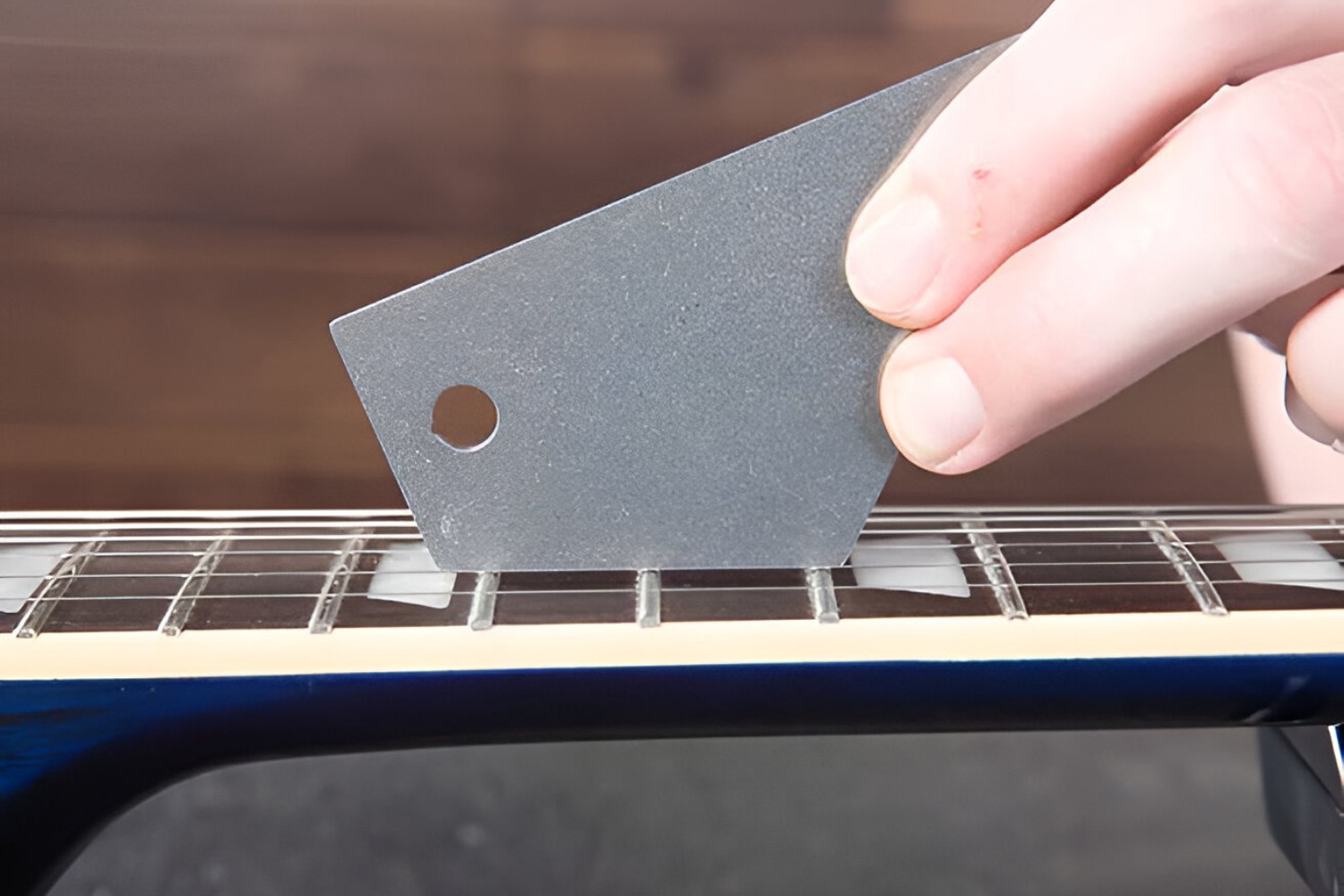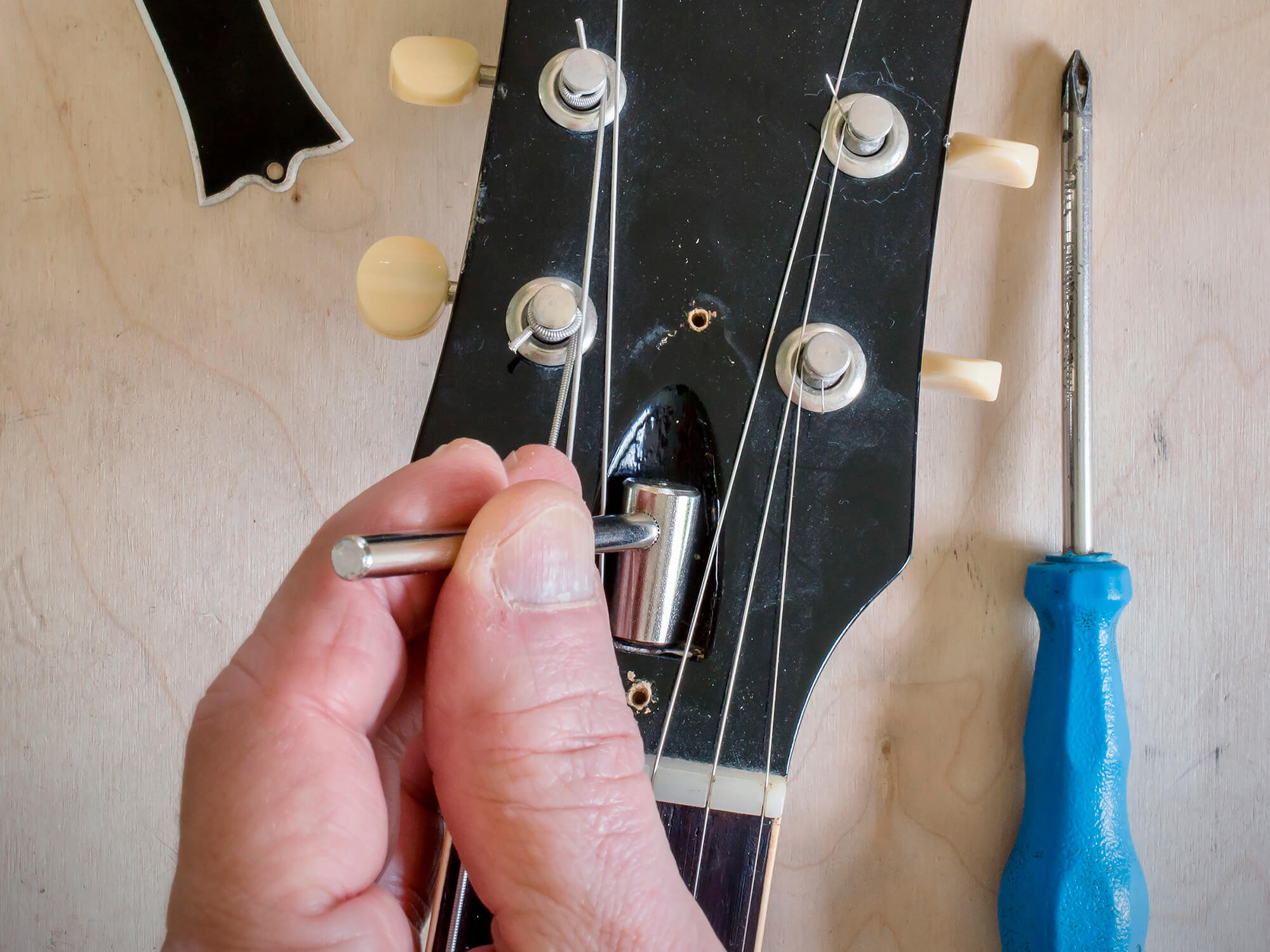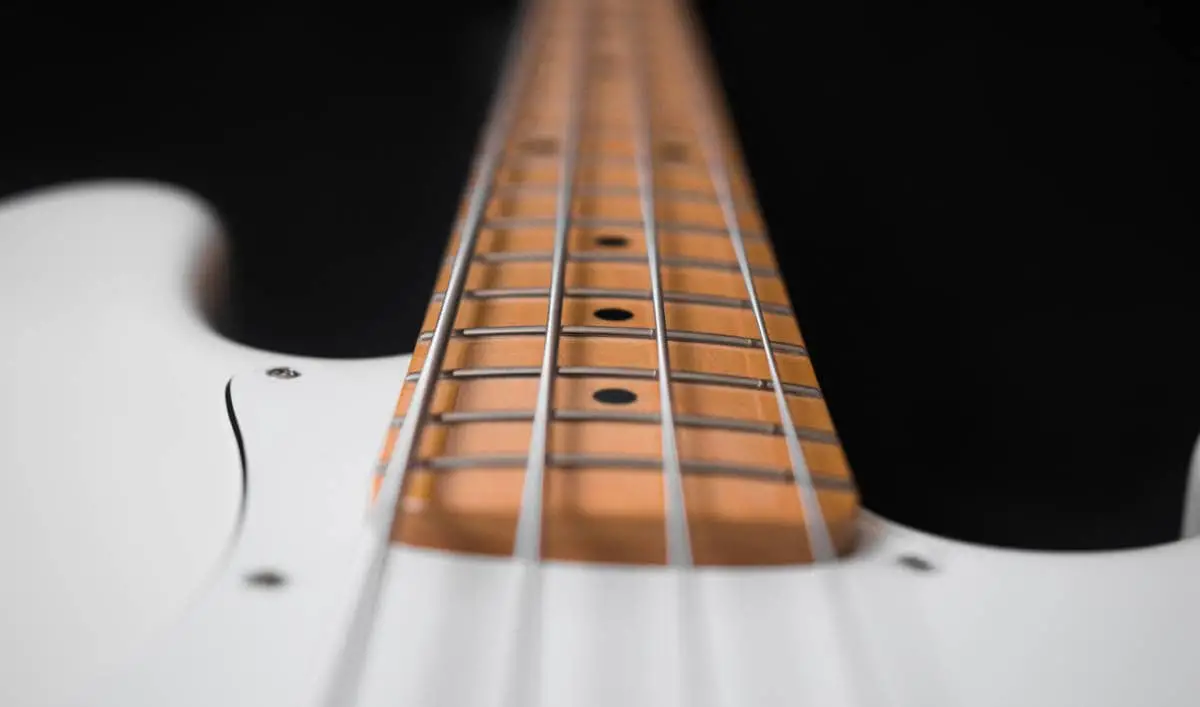Introduction
Playing the electric guitar is not just about mastering chords and riffs; it also involves understanding the nuances of the instrument itself. One crucial aspect of an electric guitar is the string gauge, which refers to the thickness of the strings. The gauge of the strings you choose can significantly impact your playing experience and the overall sound of your guitar. In this article, we will delve into the world of electric guitar string gauges, exploring the differences between light and heavy gauges and the benefits each offers. By the end, you will have a clearer understanding of how to select the most suitable string gauge for your playing style and preferences.
Whether you are a seasoned guitarist or a beginner, the choice of string gauge is a pivotal decision that can influence your playing comfort, tone, and technique. Understanding the implications of string gauge variations is essential for optimizing your playing experience and achieving the desired sound from your electric guitar. Let's embark on this exploration of electric guitar string gauges, shedding light on the advantages of both light and heavy gauges and providing insights to help you make an informed decision when selecting strings for your instrument.
Understanding String Gauge
String gauge refers to the thickness of the strings on an electric guitar, typically measured in thousandths of an inch. Lighter gauge strings have smaller diameters, while heavier gauge strings are thicker. The gauge of the strings greatly influences the tension on the guitar neck and the overall feel of the strings when played. Light gauge strings are easier to bend and press down, making them ideal for lead guitarists who execute intricate solos and bends. On the other hand, heavy gauge strings offer more resistance and produce a robust, full-bodied tone, making them well-suited for rhythm guitar playing and genres that demand a powerful, sustained sound.
It’s important to note that the choice of string gauge can also impact the setup of the guitar. Lighter gauge strings exert less tension on the neck and bridge, potentially requiring adjustments to the truss rod and bridge height to maintain optimal playability and intonation. Conversely, heavier gauge strings may necessitate alterations to accommodate the increased tension they exert on the guitar’s components. Understanding the implications of different string gauges is crucial for ensuring that your guitar is properly set up to accommodate the chosen strings and to deliver the desired playability and tonal characteristics.
Moreover, the string gauge can affect the overall feel and responsiveness of the guitar. Light gauge strings offer a more effortless playing experience, allowing for swift fretting and bending with minimal resistance. In contrast, heavy gauge strings provide a firmer feel under the fingers, which can be advantageous for players seeking enhanced control and precision in their playing. The choice between light and heavy gauge strings ultimately boils down to personal preference, playing style, and the sonic qualities desired by the guitarist.
Benefits of Light Gauge Strings
Light gauge strings offer several advantages that cater to specific playing styles and preferences. One notable benefit is the ease of playability they afford. With their smaller diameters and lower tension, light gauge strings are more pliable and require less effort to fret and bend. This characteristic is particularly advantageous for lead guitarists who frequently execute rapid and intricate fretwork, including wide string bends and fast legato passages. The reduced resistance of light gauge strings facilitates fluidity in playing, enabling guitarists to navigate the fretboard with agility and precision.
Furthermore, light gauge strings contribute to a brighter and more articulate tone, especially when played with a clean or slightly overdriven sound. The thinner strings produce a more pronounced high-end response, resulting in enhanced clarity and definition in individual notes and chords. This tonal characteristic is favored by many guitarists, particularly in genres such as jazz, pop, and certain styles of rock, where a crisp and articulate sound is desirable.
Another advantage of light gauge strings is their ability to mitigate finger fatigue during prolonged playing sessions. The reduced tension and softer feel of these strings can be gentler on the fingers, making them well-suited for guitarists who engage in extended practice or performance sessions. Additionally, the lighter feel of the strings can contribute to a more dynamic playing experience, allowing for nuanced expression and subtle variations in picking intensity.
It’s important to note that the lighter tension of these strings may necessitate adjustments to the guitar’s setup, including the action and intonation, to ensure optimal playability and tonal balance. However, for many guitarists, the benefits of light gauge strings in terms of playability, tonal characteristics, and comfort outweigh the potential setup adjustments, making them a preferred choice for a wide range of musical styles and playing techniques.
Benefits of Heavy Gauge Strings
Heavy gauge strings offer a distinct set of advantages that cater to specific playing styles and tonal preferences. One of the primary benefits of heavy gauge strings is their ability to produce a rich, full-bodied tone with enhanced sustain and resonance. The thicker diameters and higher tension of these strings contribute to a robust and powerful sound, making them well-suited for rhythm playing and genres that demand a strong, sustained sonic presence, such as hard rock, metal, and blues.
Additionally, heavy gauge strings can yield a more pronounced low-end response, delivering a deep and resonant bass presence that adds depth and authority to chords and single-note passages. This tonal characteristic is favored by many guitarists seeking a substantial, impactful sound that commands attention and fills the sonic space with authority.
Another advantage of heavy gauge strings is their ability to withstand aggressive playing techniques and heavy picking. The increased tension and resistance of these strings make them more resilient to vigorous strumming and picking, allowing for greater control and articulation, particularly when executing dynamic rhythm patterns and percussive playing styles. This durability and stability under intense playing conditions make heavy gauge strings a preferred choice for guitarists who prioritize resilience and dependability in their strings.
Furthermore, heavy gauge strings can contribute to improved tuning stability and intonation, especially when used in conjunction with guitars equipped with longer scale lengths. The higher tension of these strings exerts a more consistent pull on the guitar neck, reducing the likelihood of tuning fluctuations and intonation issues, particularly when playing in alternate tunings or with altered string tensions.
While heavy gauge strings offer these compelling benefits, it’s important to consider the potential implications for the guitar’s setup and the physical demands on the player’s fingers. The increased tension of heavy gauge strings may require adjustments to the guitar’s action, truss rod, and intonation to optimize playability and tonal balance. Additionally, the firmer feel of these strings may necessitate an acclimation period for the player’s fingers to adapt to the higher resistance. Despite these considerations, heavy gauge strings remain an appealing choice for guitarists seeking a commanding, resonant tone and robust string performance.
Finding the Right String Gauge for You
Choosing the ideal string gauge for your electric guitar involves considering various factors, including your playing style, musical preferences, and physical capabilities. To determine the most suitable string gauge for your needs, it’s essential to assess how different gauges influence playability, tone, and overall performance. Here are some key considerations to help you navigate the process of finding the right string gauge:
- Playing Style: Evaluate your playing style and techniques. If you predominantly engage in lead guitar playing, incorporating extensive string bending and rapid fretwork, light gauge strings may offer the flexibility and ease of playability you require. Conversely, if your focus is on rhythm playing and you seek a robust, resonant tone, heavy gauge strings may align more closely with your playing style.
- Tonal Preferences: Consider the tonal characteristics you wish to emphasize in your playing. Light gauge strings tend to produce a brighter, more articulate tone, making them suitable for genres that demand clarity and definition. In contrast, heavy gauge strings yield a fuller, more substantial sound with enhanced low-end response, catering to styles that prioritize depth and power.
- Physical Comfort: Take into account your physical comfort and finger strength. Light gauge strings offer a softer, more pliable feel that can be gentler on the fingers, particularly during extended playing sessions. If you have developed finger strength and prefer a firmer feel under your fingers, heavy gauge strings may provide the tactile response you seek.
- Guitar Setup and Adjustments: Recognize that the chosen string gauge may necessitate adjustments to your guitar’s setup, including the action, truss rod, and intonation. Consider the potential impact on the playability and tonal balance of your instrument, and be prepared to address any setup modifications required to accommodate the selected string gauge.
Experimenting with different string gauges can be instrumental in identifying the optimal fit for your playing style and sonic aspirations. It’s advisable to test various gauges and assess how they influence your playing comfort, tone, and overall musical expression. Additionally, seeking guidance from experienced guitar technicians or instructors can provide valuable insights into the implications of different string gauges on your instrument and playing experience.
Ultimately, the right string gauge for you is a personal choice that hinges on a blend of technical considerations and subjective preferences. By exploring the diverse tonal and tactile characteristics offered by light and heavy gauge strings, you can make an informed decision that aligns with your musical identity and empowers you to achieve your desired sound and playing experience.
Conclusion
Understanding the nuances of electric guitar string gauges is pivotal for guitarists seeking to optimize their playing experience and shape their desired tone. The choice between light and heavy gauge strings presents distinct advantages tailored to different playing styles, tonal preferences, and physical considerations. Light gauge strings offer enhanced playability, articulation, and comfort, making them well-suited for lead guitar playing and genres that prioritize agility and clarity. On the other hand, heavy gauge strings deliver a commanding, resonant tone with robust low-end response and durability, catering to rhythm guitarists and genres that demand a powerful, sustained sound.
When navigating the selection of the right string gauge, it’s essential for guitarists to assess their playing style, tonal aspirations, and physical comfort, while also considering the potential impact on the guitar’s setup and adjustments. By weighing these factors and experimenting with different string gauges, guitarists can identify the optimal fit that aligns with their musical identity and empowers them to express themselves authentically through their instrument.
Ultimately, the journey of selecting the right string gauge is a deeply personal exploration that intertwines technical considerations with artistic preferences. Whether you gravitate towards the effortless playability of light gauge strings or the commanding resonance of heavy gauge strings, the decision rests on your unique musical journey and the sonic landscape you aim to create. Embrace the process of discovery, and let your exploration of string gauges enrich your playing experience, elevate your tone, and inspire your musical expression.







